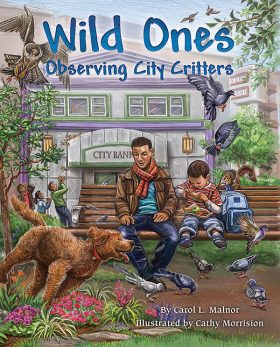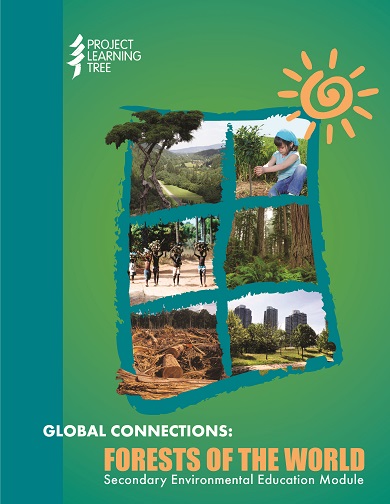
An Easy-to-Make Model that Explains the Inner Parts of a Tree
Help students visualize and better understand the function of the inner parts of a tree trunk by creating this easy-to-make visual aid.

Help students visualize and better understand the function of the inner parts of a tree trunk by creating this easy-to-make visual aid.

Grade K-5 readers are invited to play a game of I Spy to find urban wildlife along with this story’s main character, a family dog named Scooter.

High school students conduct research and apply critical thinking skills as they explore how humans around the world interact with and depend upon diverse forests.

Project Learning Tree has drafted a new K-2 instructional unit, founded on NGSS Performance Expectations. Stipends are available for teachers selected to review the content.
Karen Johnson Folsom is lead teacher at Nature’s Classroom Environmental Education Center in Florida, reaching 15,000 6th graders each year.
Dave Shafer uses the outdoors to teach a range of STEM topics to students at Skiles Test Elementary School in Indianapolis, Indiana.
Jennifer Hubbard-Sánchez is the state specialist for sustainable programs and directs the center for environmental education at Kentucky State University in Frankfurt.
Susan Snyder creates and leads programs for K-12 students in ecology and soil science at Ogden Nature Center in Salt Lake City, Utah.
Anne Mannarino directs Project SWIRL (Standards Within Real World Learning) at Regent University in Providence Forge, Virginia, which helps K-12 teachers of science.
Kevin Doran, a natural science educator with the Maine Department of Agriculture, Conservation & Forestry, uses PLT as a cornerstone of his programs with children.